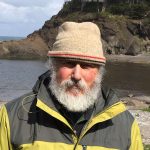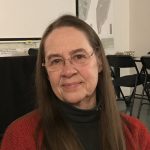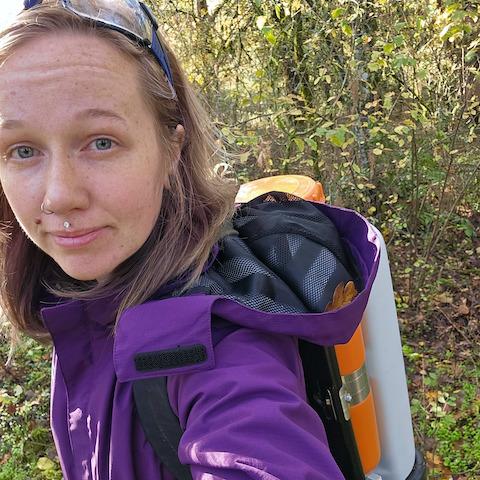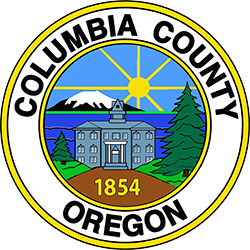Who we are.
The Scappoose Bay Watershed Council was formed in 1997. We are a 501(c)(3), non-profit, non-regulatory organization whose diverse group of dedicated volunteers share a common concern for our quality of life, our natural resources, and our community.
We employ a small staff, assisted by qualified contractors, volunteers with professional expertise, and natural resource agencies. The Council is a source of information about the watershed for residents, visitors, local groups and partners.
Scappoose Bay Watershed Council
Board Meetings
The Council Board meets on the second Tuesday evening of the month from 7:00 pm – 9:00 pm. See our event calendar for meeting details. Usual topics include updates on current projects and the nursery, plus regular business requirements. View past meeting minutes and access the agenda and reports for the upcoming meeting. The public is welcome at all meetings.
Board Members
Andy Maggi
PRESIDENT
Andy joined the Scappoose Bay Watershed Council as our Coordinator in October 2021 and transitioned to Board member in October 2022. He has over 15 years of experience leading political,...Read More >Howard Blumenthal
VICE PRESIDENT
Howard is a native Oregonian with 45 years of outdoor experience, including hiking, backpacking and kayaking. He has done many paddling trips on Sauvie Island and throughout Scappoose...Read More >Barbara White
TREASURER
Born but not raised in Scappoose, Barbara has a family history in the area that dates back to the 1800s, primarily of loggers and farmers. In 2000, she returned...Read More >Maddy Sheehan
BOARD MEMBER EMERITUS
Madelynne (Maddy) Sheehan was a founding member of the SBW Council. She has served as president, vice-president, and treasurer. A professional book publisher and author of Fishing...Read More >Nicole Ferreira
SECRETARY
Born and raised in the Pacific Northwest, Nicole brings her experience in horticulture, design, and mapping to the board. She enjoys hiking, camping, and kayaking when she isn’t drafting...Read More >Greg Pettit
Lonnie Welter
BOARD MEMBER EMERITUS
Lonny graduated from Rainier High School in 1976, and from Oregon State in 1981 with a BS in Geography. He served in the US Army as a...Read More >Our Staff
Work with Us.
Jobs
Find out about job opportunities.
Project Bids
See if there are available projects out for bid.
Be a Volunteer
We are always looking for people to help.
WE WORK WITH THE COMMUNITY TO
Preserve the land for the future.
Find more details about the Scappoose Bay Watershed and our plans designed to improve the health of the watershed through specific, prioritized restoration actions.
Watershed Assessments:
- 2018 Strategic Action Plan
- Sauvie Island and Multnomah Channel Bottomlands Conservation
- 2014 State of the Watershed
- 2000 SB Watershed Assessment
- Water Quality and Salmon Monitoring in the SBW
Resource Studies:
- Limiting Factor Analysis
- Bio Assessments
- South Scappoose Creek Restoration Plan
- Scappoose Bay Bottomlands Conservation and Restoration Plan
- Fish Passage Barriers
Partner Resource Studies:
- Coming soon
Educate. Restore. Preserve. Join our community.
Our Partners






















